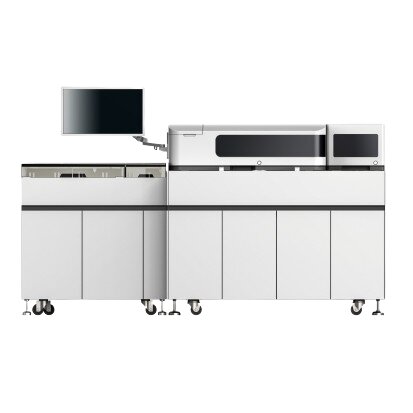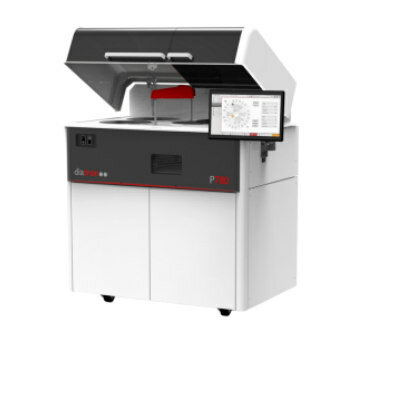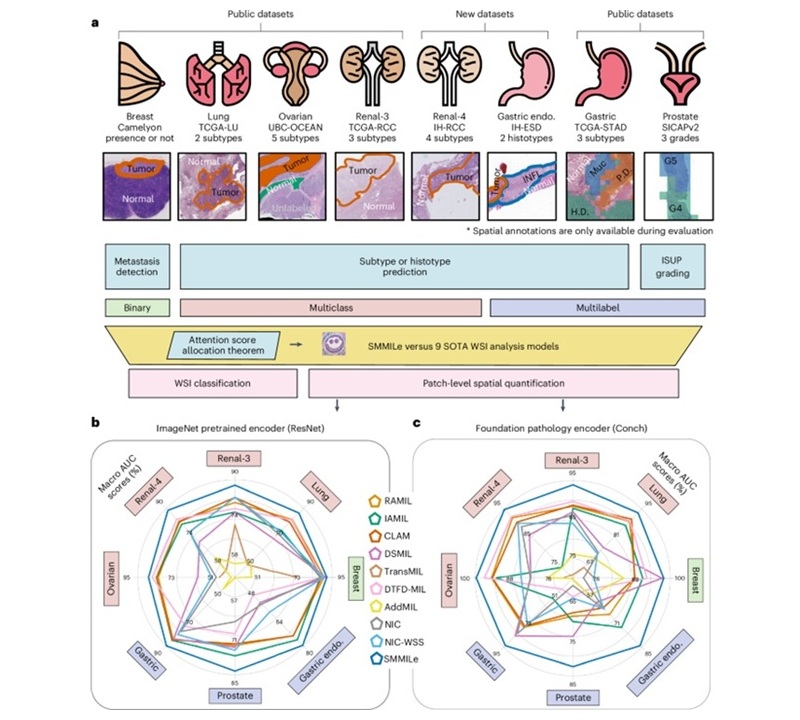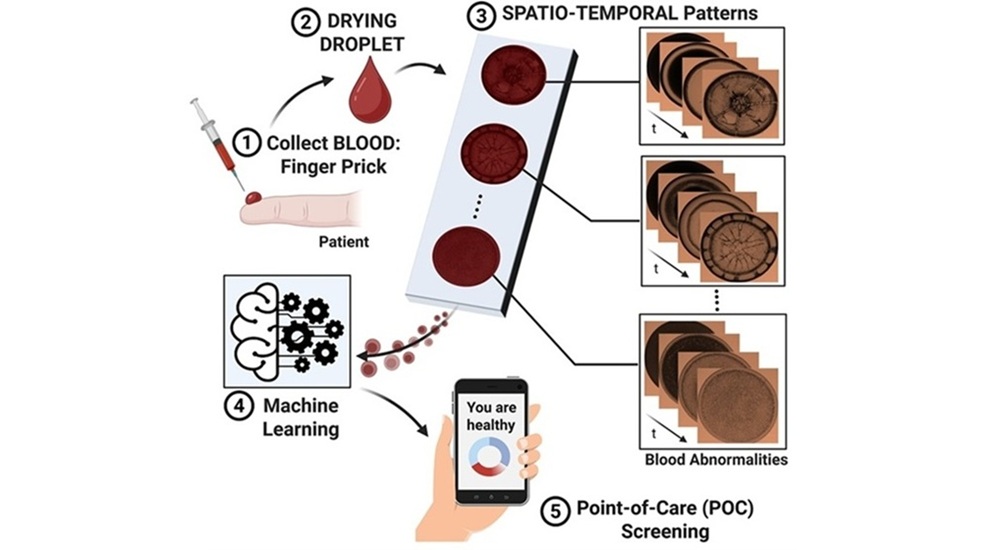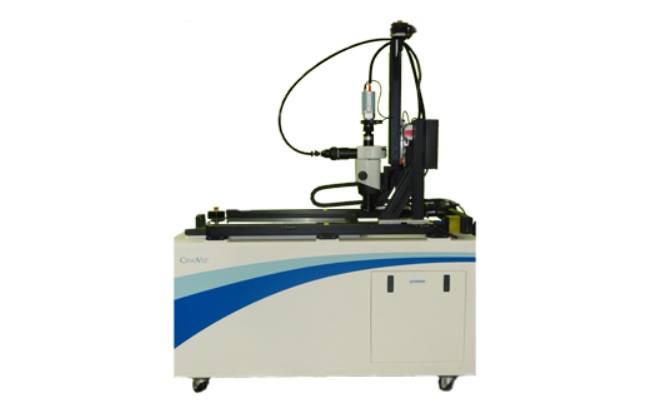Novel Dataset of Plasma Cells to Aid Diagnosis of Multiple Myeloma
Posted on 06 Feb 2025
Myeloma is a rare blood cancer that originates in plasma cells, a type of immune cell responsible for producing antibodies that help fight infections. The disease begins when an abnormal plasma cell starts to uncontrollably divide in the bone marrow — the soft tissue found inside bones — leading to the production of large numbers of genetically identical, abnormal cells. These cells, known as clonal cells, do not function as normal plasma cells would. Instead, they crowd out healthy blood cells in the bone marrow, disrupting their growth. When myeloma affects more than one bone marrow site, which is typically the case, it is referred to as multiple myeloma (MM). To confirm a diagnosis of myeloma, doctors perform a biopsy, which involves collecting a sample of bone marrow cells. If myeloma is present, at least 10% of the cells in the sample will be abnormal plasma cells. This sample is usually analyzed manually by an expert, who examines the tissue under a microscope and counts the cells. However, this process is time-consuming and labor-intensive, requiring significant resources. Additionally, inconsistencies in the interpretation of results can occur, affecting the diagnostic accuracy, depending on the evaluator’s expertise. This can be particularly challenging in regions with fewer trained professionals.
To address these issues and enhance the myeloma diagnostic process, researchers from the Federal University of Bahia Institute of Computing (Salvador, Brazil) have developed a large dataset of bone marrow cells from patients with MM and other blood disorders. This dataset, named PCMMD (Plasma Cells for Multiple Myeloma Diagnosis), was created to assist in the accurate diagnosis of MM. The data was collected from individuals diagnosed and treated within the Brazilian Public Health System. Thousands of bone marrow cells from these patients were photographed using a smartphone camera after being visualized under a microscope. Hematologists, experts in blood disorders, then manually analyzed the images, labeling the cells as either plasma or non-plasma cells. The researchers believe that this dataset could improve the efficiency and accuracy of diagnosing MM, especially in resource-limited areas where trained experts are scarce.
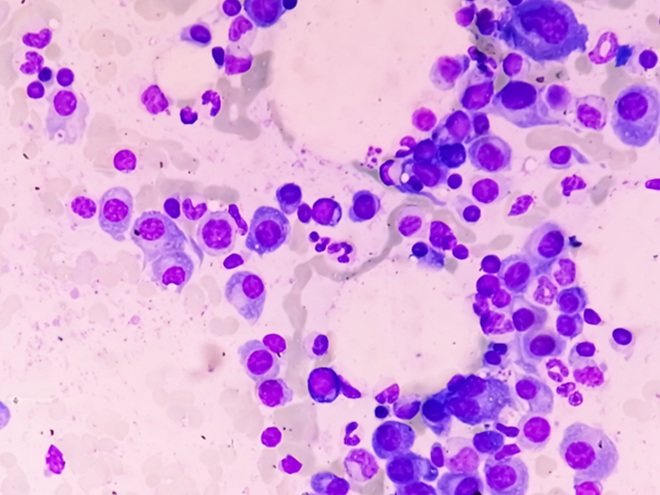
In addition to helping doctors with less experience identify myeloma cells, the researchers hope their dataset will serve as a foundation for developing AI-based systems that can automatically distinguish plasma cells from non-plasma cells. Such advancements, they noted, could enhance the diagnostic process for all clinicians and ultimately benefit patients. To test the potential of their dataset, the researchers used it to train an AI-based algorithm to recognize plasma and non-plasma cells in bone marrow samples. The results, published in Scientific Data, showed that the model performed well, correctly classifying cells. The disease status predicted by the AI model matched the diagnosis made by an expert for nine out of ten patients. Given the simple, smartphone-based methodology, the scientists highlighted that this approach could be easily implemented even in resource-constrained environments. The team aims for their dataset to be widely available, encouraging other researchers to build upon it and develop even more advanced AI models to improve myeloma diagnosis.
“Considering all analyses … we are confident that our dataset contains valuable patterns to identify plasma and non-plasma cells, providing an important and low-cost setup to support hematologists,” the researchers wrote. “The availability of our dataset and benchmark model support ongoing research and development in the field, promoting continuous improvement in the accuracy and efficiency of MM diagnostics.”
Related Links:
Federal University of Bahia Institute of Computing




